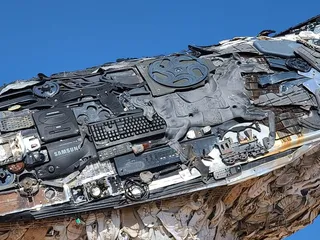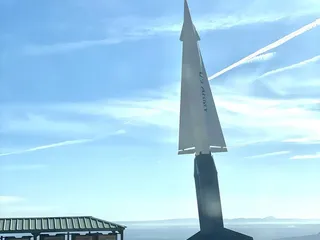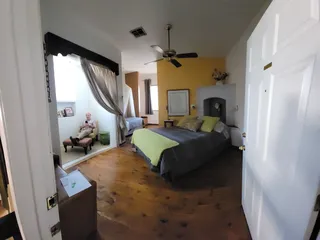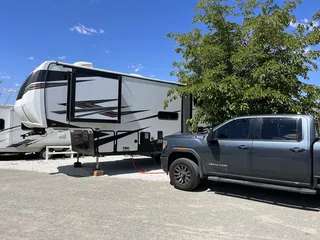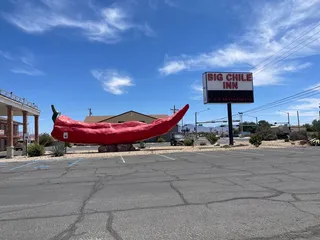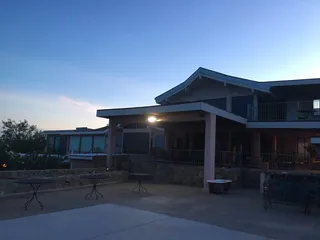 White Sands Missile Range - Trinity Site
White Sands Missile Range - Trinity Site
 White Sands Missile Range - Trinity Site
White Sands Missile Range - Trinity Site

Trinity Site
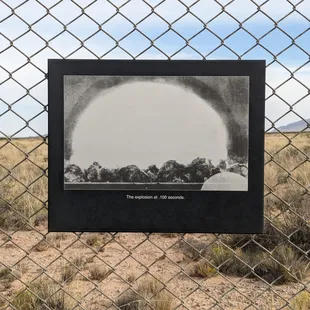
One of the historic photos around the site.
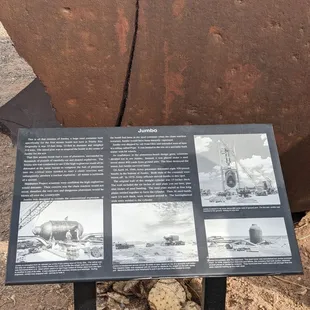
Jumbo, which had been intended to keep the plutonium from being scattered in a fizzle.

McDonald ranch house.
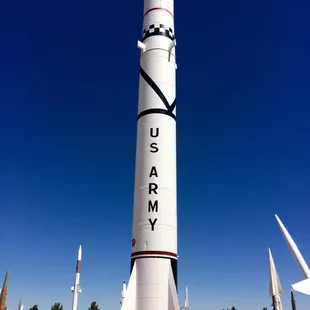
Learning about nuclear weapons
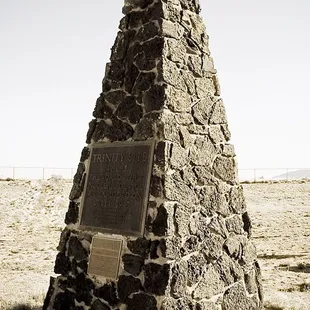
The Obelisk marking ground zero at the Trinity Site in New Mexico where the first nuclear bomb was detonated
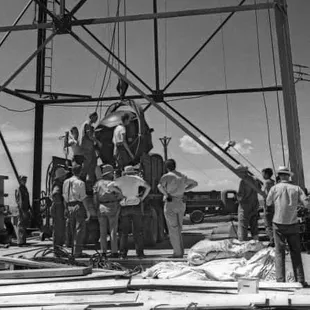
File pic
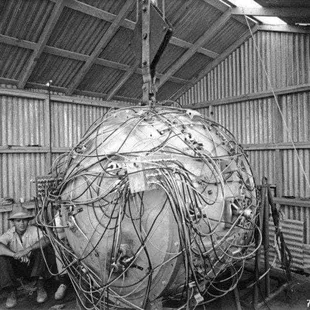
File pic

Crowds on the 1/4 mile walk from the parking lot to ground zero.

The bunker that housed cameras used to document the first nuclear test. Ground zero is in the background.
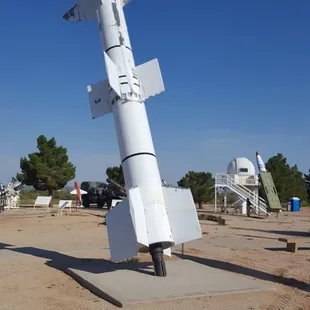

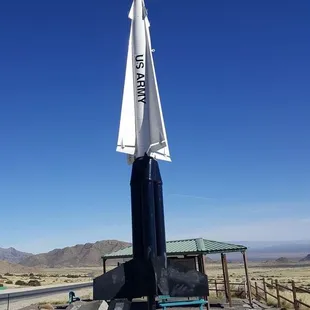
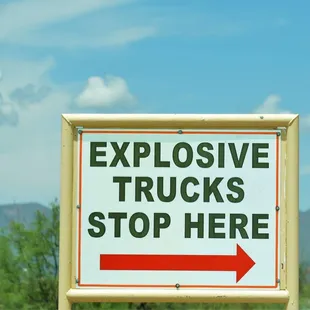
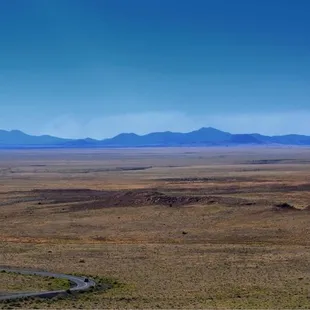
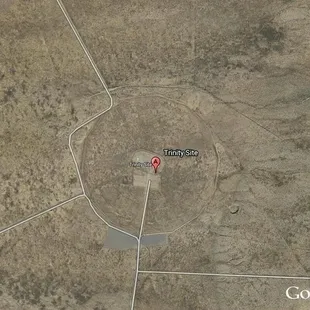

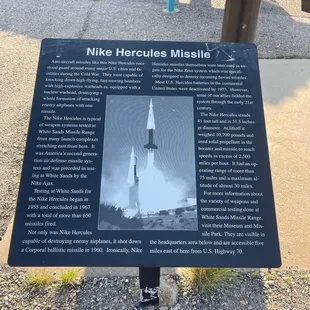
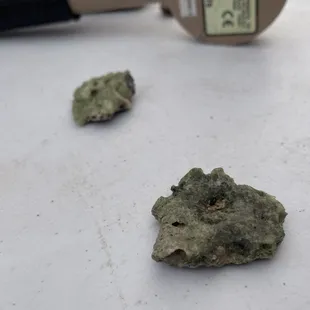
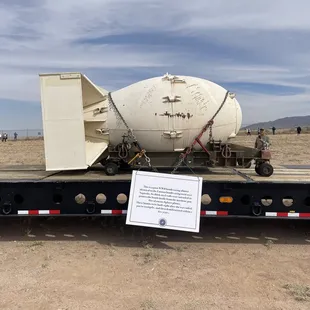
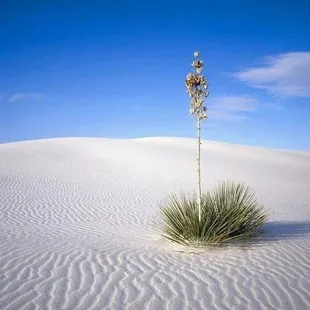


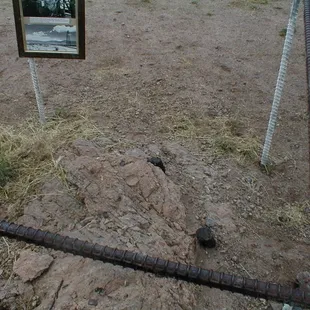
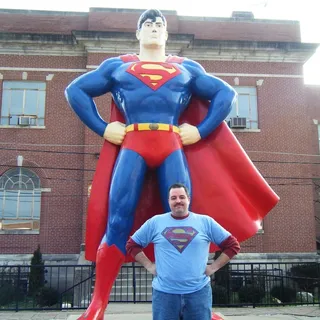
Bruce K.
Oct 21, 2023
Open twice per year - check https://home.army.mil/wsmr/contact/public-affairs-office/trinity-site-open-house - this is one of those things that Americans should experience along with Times Square, Hollywood Boulevard, the Sixth Floor Book Depository, the National Mall and the Arizona Memorial. This is the site where the first nuclear weapon was developed and tested, literally the first Ground Zero that ushered in the Atomic Age.We arrived at the Stallion Gate at 7:15, forming part of a queue that was already about two miles long. The gate opened at 8:00 and we cleared at 9:15 after showing ID and answering that we had no alcohol, drugs or weapons in the vehicle.Fifteen miles later (this place is MASSIVE!) we arrived at the parking lot. Port-a-potties, a dude selling barbecue and someone selling tshirts. We walked in the sun the quarter mile to the obelisk. Yes, this is the exact spot where "The Gadget" was detonated. If you've seen the Oppenheimer movie, it's well-detailed there. Radiation is elevated but still safe for a brief visit - there are signs showing it in comparison to an X-ray or a plane flight.After that, a bus ride to the McDonald ranch house where the gadget was assembled.Very interesting modern history here and well worth the long journey.Note that you will need identification. I believe you must be a US citizen. And bring water/food as it's a long way from refreshments.[Review 20546 overall - round number 100 in New Mexico - 1527 of 2023.]
Read More
J David H.
Jun 24, 2022
The world's first nuclear explosion occurred on July 16, 1945, on what was then called the White Sands Proving Ground, a base established for a specific use by the Army following the attacks on Pearl Harbor, when a plutonium implosion device was tested at a site located 210 miles south of Los Alamos, New Mexico, on the plains of the Alamogordo Bombing Range, known then as the Jornada del Muerto. The code name for the test was "Trinity." Hoisted atop a 100-foot tower, a plutonium device, called "Gadget," detonated at precisely 5:30 am over the New Mexico desert, releasing 18.6 kilotons of power, instantly vaporizing the tower and turning the surrounding asphalt and sand into a green glass, called "trinitite." Seconds after the explosion, an enormous blast wave sent searing heat across the desert, knocking observers to the ground.Reports from witnesses came from as far as 200 miles away. A forest ranger 150 miles west of the blast said he saw a flash of fire, an explosion and black smoke. An individual 150 miles north said the explosion "lighted up the sky like the sun." A U.S. Navy pilot flying at 10,000 feet near Albuquerque, New Mexico, said it lit up the cockpit of his plane and was like the sun rising in the south. When he radioed Albuquerque Air Traffic Control for an explanation, he was simply told, "Don't fly south." After the test, the Alamogordo Air Base issued a press release that stated simply, "A remotely located ammunition magazine containing a considerable amount of high explosives and pyrotechnics exploded, but there was no loss of life or limb to anyone." The actual cause of the blast was not disclosed until after the U.S. bombing of Hiroshima, Japan, on Aug. 6. The success of the Trinity test meant an atomic bomb could be used by the U.S. military and it marked the start of the Atomic Age.The Trinity Site is now part of the White Sands Missile Range and is owned by the Department of Defense. Ground zero is marked by an obelisk made of black lava rock, with an attached commemorative sign. A slightly depressed area several hundred yards across surrounds the monument, indicating where the blast scoured the ground. Most of the northern Tularosa Basin is still used for missile research. WSMR is home to the DoD's largest, fully-instrumented, open air range, missile defense system, which provides America's Armed Forces, allies, partners, and defense technology innovators with the world's premiere research, development, test, evaluation (RDT&E), experimentation, and training facilities to ensure our nation's defense readiness. But inside this basin are also enclosed numerous areas that are not military land (like the NPS's White Sands National Park which I could not fit in. Unlike a typical desert that is composed of quartz, the White Sands area here is named...well...for its white, which is made of gypsum and calcium sulfate. This allows the desert sand to look like snow and feel cold to touch, and is protected by the state of New Mexico as a National Monument!Everyone should experience these hollowed grounds that changed history.
Read More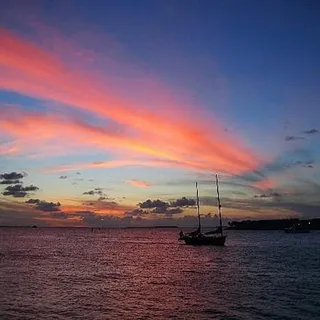
James H.
Sep 12, 2010
At the time I went it was only available for the general public to see under a controlled environment of once a year.I took this unique opportunity and personally really enjoyed it due to the history and the unique beauty of the mountains. There isn't much left at the site other than the ground zero area and some artifacts preserved. Some people think this is a waste of time as it is a long drive and not as much as what they expected to see. But if you love history and the outdoors, you may just enjoy it as much as I did.5 stars due to the exceptional location and only one place in the world to see if you are so lucky to have the right timing. Gee I'm I still glowing from the exposure?
Read More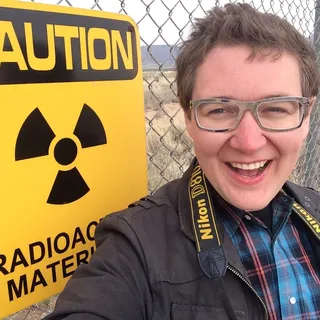
Nick R.
Apr 5, 2015
Now open twice a year (but subject to change), on the first Saturday of April and October. Strong draw for those interested in nuclear history, with access to ground zero for the world's first nuclear explosion, the McDonald ranch house where the plutonium core was assembled, and the remains of a bunker that protected cameras used to film the test. There's a lava-rock marker on the exact location the bomb, as well as one half-buried piling from the legs of the tower that housed the "gadget." Our only major disappointment was that the structure that protected an untouched section of the crater was closed, as sand has apparently covered the Trinitite that is housed there. (The rest of the area has been bulldozed over to minimize radiation exposure). There are still chunks of Trinitite littering the ground around the area, though taking them is illegal and dangerous - they are still radioactive, and remain government property. This is a very popular event with limited hours (last gate entry is at 2:00 PM and they kick everyone out of ground zero at 3:30), so best to get there on the early side. But no need for a 5 AM wakeup - we arrived at the gate at 10:15 AM, and waited for about an hour and a half before getting into the missile range. It's about a 40 minute drive to ground zero, after you get past the gate. Be sure to bring government-issued IDs and proof of insurance for your car (a rental agreement will suffice). Glad we finally made the trek! It was quite sobering to stand on the spot where the atomic age began, and contemplate the tremendous scientific achievement that unleashed such incredible destruction during WWII and existential danger for the human species ever since.
Read More
Spencer L.
Jan 5, 2015
My tour guide took me there. No photos allowed until you reach the missile museum.To my surprise, they got little fat man and patriots.
Read More
Cayo H.
Aug 1, 2015
"OK For A Quick Visit"June 30, 2015Only open twice a year for the first Saturdays in April and October.Have to get to the Stallion Gate of White Sands Missile Range by like 8:00 AM to be led in.No services at the site except porta-johns.Not really much to see other than the depression that was formed by the a bomb and what was once the suspending tower.The government hangs photos of the blast on the fence.Don't pick up anything! There are still radioactive materials on the ground!!!!
Read More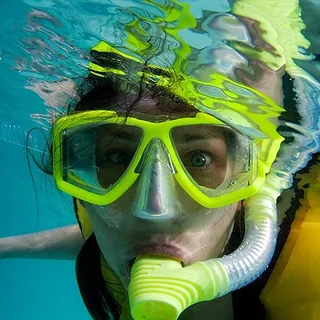
John W.
Dec 27, 2009
Open twice a year on the first Saturdays of April and October we have visited this National Historic Landmark twice. Besides the obelisk marking the bombs hypocenter there is little else to see at ground zero. Back on July 16, 1945 just three weeks before "Little Boy" and "Fat Man" were dropped in Hiroshima and Nagasaki, the American government tested its first nuclear weapon on the White Sands Missle Range south of Albuquerque, New Mexico. Near the gate as you enter the ground zero area there is a massive steel encasement that was placed near the bomb that while damaged it remained intact. On the fence are placards showing the stages of the bomb in the first milliseconds following detonation. While there is not a lot to see, it is still amazing to stand here at ground zero where earth's first nuke lit up the sky bringing on the atomic age. If you should make it on one these rare Saturday's the Trinity Site is open, I highly recommend taking the guided tour to the McDonald Ranch House where the bomb was assembled.
Read More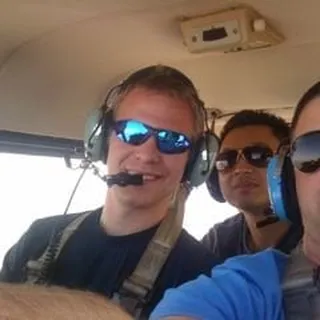
James C.
Apr 6, 2014
It's in the middle of nowhere, but certainly worth a day to visit if you're interested in U.S. history or the atomic age. Currently, it is only open once a year (in April) so plan ahead. The annual open house seems pretty well organized, between the National Park Service and U.S. Army public affairs, and they have port-a-potties, water and emergency services available, but there is no food for sale.
Read More
Steve F.
Apr 2, 2016
What a spectacular presentation for the beginning of the nuclear weapons age. The Trinity Nuclear Test Site is only open to the public two days per year due to the it's location within the White Sands Missle Range where bombing and testing of explosives (and other stuff) are conducted. The pictures, displays and overall presentation are first rate. And the National Park Service, US Military, and local police present the displays, direct traffic, assist visitors, and provide security for the visitors & the Missle Range facility. We even had fun observing the brain dead "anti-nuclear" demonstrators that were kept outside the Missle Range area. WELL DONE ALL!!!
Read More